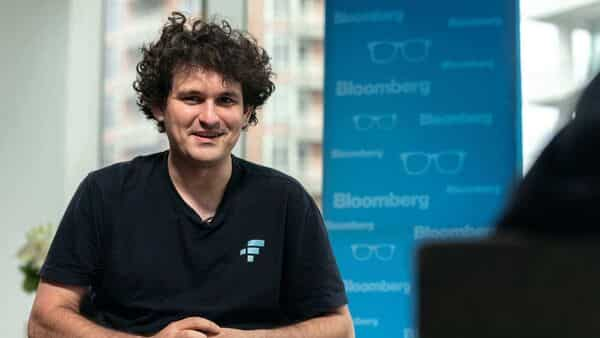[ad_1]
Agrawal said Wipro, that sells Santoor soaps and Yardley talcs, also took price cuts on its soaps in June in response to cooling commodity prices. Agrawal, however, ruled out any more immediate price cuts, unless prompted by competition. The company sells fabric cleaners, home care products and personal care brands. Edited excerpts:
From an FMCG point of view, is there any tightness in rural demand?
Rural was tight in Q2—there is no doubt. All of us are hoping that Q3 will be better, we will have to wait and watch. I think the bigger issue is that food inflation has been high, which impacts rural a lot more. I don’t know what the impact of the late monsoon is —as far as Uttar Pradesh and parts of Bihar are concerned, where they lost crops. But my sense is, historically, when such things happen, the impact is not very much. There’s no official word on it. But, yes; that can be a dampener, per se.
But I believe that the inflation will get controlled in the next two-to-three months so rural demand should pick up—if not now, I suppose by the end of the December quarter. We did well in Q2 where the India FMCG business grew 19.5%. Totally we grew 20.8% in the same period.
Your competitors announced price cuts on some products such as soaps—did you initiate price cuts too?
We did take a price cut at the end of June (in soaps). So, we dropped about 5.5-6%. Some stock-keeping units would have been a little up and down. Ideally, we won’t like to take a (price) drop anymore—we are still carrying a little bit of old price stocks. But yes, if competition takes it up aggressively, we’ll have no option but to take it up. Soaps was one category where price hikes were also higher—so wherever we took sharp price increases, we took a drop.
The company recently announced its entry into the packaged snacks market. What is the larger plan there?
Our thought there is very simple: we believe there’ll be a lot of change from unorganized to organized brands. The sense is that our biggest category is toilet soaps, that’s about ₹21,000 crore; but something like traditional snacks in India is close to ₹70,000 crore. And it’s largely unorganized. In the North, you see a lot of Haldiram’s or Bikano but you don’t see that kind of player in the South. We believe that there is an opportunity, per se. In foods, especially in snacks, unlike personal care, more than the advertising or positioning, it is more critical to get the product right—the taste palate is critical. We’re looking at traditional snacks, we are very clear. The second part is that we have got the distribution. We’ll start off likely from the South and then we’ll see how we move.
Will you look at acquisitions in the category?
We will look at acquisitions in traditional snacks. But there are not enough players there. The way we are looking at it is, we are looking at regional or smaller players. It’s a parallel activity—it’s not that an acquisition is the way to enter the category.
Last week, Wipro Consumer Care Ventures, the venture funding arm of your company, invested in an Indonesian startup. Closer home, are there signs of distress in direct-to-consumer startups where the company has investments?
I think there’s a trickle-down effect. First, the fact that the IPOs didn’t do well. Now, there is a money crunch coming in, the late-stage investments are seeing the stress. The early (stage) investments are still okay. But even in the early investments, including our portfolio companies, we’ve clearly told them that they need to get into a profitable mindset. Earlier, the game was how do you get a top line. Now, we’re saying get your unit economics right and ensure that you don’t burn so much (cash). Because you won’t be able to raise money so easily. For us also, we have a limit that we have defined for ourselves, and we don’t want to invest more than ₹25 crore in a company. When we hit the ₹25 crore-mark, while we can help them find investors, we can’t fund them anymore.
How would you sum up the broad consumer sentiment right now?
I think the premium end is absolutely okay. In fact, I think the premium or discretionary is a bounce-back because of the fact that they hadn’t bought too much in the last two years. I also sense that in the last two years, people did not go out so much, and therefore, at the more affluent end, there was a lot more of cash available. Even the upper middle class is OK. I think it’s the middle class and the poor which have been really badly hit. In fact, I think (with) the poor, especially the village poor, their savings got affected if they had a covid case in their house.
Download The Mint News App to get Daily Market Updates & Live Business News.
[ad_2]
Source link
John Miller has been writing about science, gaming, and tech culture for over a decade. He’s a top-rated reviewer with extensive experience helping people find the best deals on tech and more.


